The beauty of daytime sky phenomena
These optical displays—rings around the sun, glowing arcs, and even rainbow-like colors that dance in ice-filled clouds—are collectively known as atmospheric optical phenomena. They are formed when sunlight interacts with countless ice crystals suspended high in the atmosphere, bending and scattering light into dazzling shapes and hues. From fiery sun dogs to ethereal halos, these natural displays remind us that magic can happen even in broad daylight if we simply pay attention.
What causes halos and other optical effects
Most daytime sky spectacles occur because of ice crystals that float in the upper atmosphere. Even on sunny summer days, high-altitude cirrus clouds contain tiny hexagonal crystals that bend sunlight as it passes through. This bending—called refraction—is responsible for creating halos, arcs, and other colorful patterns.
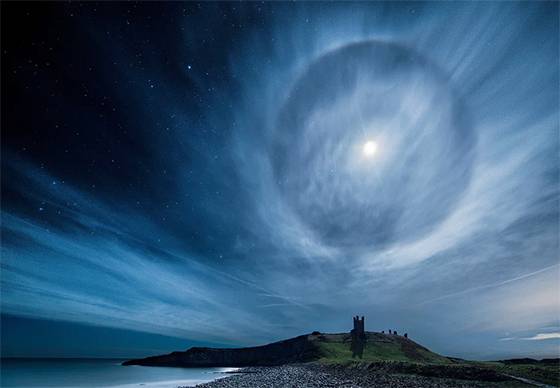
The most common type is the 22-degree halo, a luminous ring encircling the sun. Its name comes from the angle at which light is refracted through pencil-shaped ice crystals—typically 22 degrees. Because the halo’s diameter is roughly twice the width of your outstretched fist held at arm’s length, it appears as a large, glowing circle in the sky. Most halos look white, but under the right conditions, they display faint rainbow hues: red on the inner edge and blue on the outer edge. The sharper the contrast between the light and the surrounding sky, the more vibrant the colors appear.
How to spot sun dogs and mock suns
One of the most captivating halo-related effects is the sun dog, also known as a parhelion or mock sun. These bright patches appear on either side of the sun, parallel to the horizon. Sun dogs form when flat, hexagonal ice crystals fall through the air and align horizontally. As sunlight passes through these crystals, it bends toward the observer, creating twin spots of light about 22 degrees from the sun.
Sun dogs are often best seen during sunrise or sunset when the sun is low in the sky. The result can be spectacular—two glowing “mock suns” flanking the real one, sometimes as bright and colorful as a full rainbow. Their inner edges often glow red while the outer edges appear blue or white.
If you live in cold regions or near snow-making machines at ski resorts, you’re more likely to see sun dogs. These locations fill the air with fine ice crystals, making such displays more common and intensely vivid.
Other stunning halo-related displays
Beyond halos and sun dogs, there are many other types of atmospheric optical phenomena that grace the daytime sky. Among them are:
- Tangent arcs – graceful, gull-wing-shaped arcs that touch the top of the 22-degree halo, often seen when the sun is low.
- Parhelic circles – horizontal white lines that extend through the sun and across the sky, connecting both sun dogs in a continuous band.
- Circumzenithal arcs – vivid, upside-down rainbows located directly overhead. These are formed when sunlight enters the top of flat ice crystals and exits through one of their sides, producing brilliant color separation.
One of the rarest and most beautiful effects is the circumhorizon arc, also known as a “fire rainbow.” It appears as a flat, multicolored band near the horizon when the sun is very high—typically above 58 degrees. Light enters a vertical side of an ice crystal and exits through its bottom, creating a dazzling spectrum of color. Though rare, these “fire clouds” are unforgettable for those lucky enough to witness them.
The mystery of light pillars
Another mesmerizing phenomenon is the light pillar—a vertical shaft of light that seems to rise above the sun or a bright source on the ground. These pillars form when flat ice crystals hover in the air and reflect light directly toward the observer. When viewed from a distance, countless crystals together create a glowing column of light stretching skyward.
Light pillars are especially visible in cold climates during sunrise, sunset, or even at night when artificial lights reflect off airborne ice. Cities like Helsinki or Anchorage often see colorful pillars in winter, sometimes forming spectacular displays that mirror the city’s streetlights.
When and where to look for these sky wonders
You don’t need special equipment to enjoy these atmospheric spectacles—just the right timing and awareness. Look for thin, wispy cirrus clouds or freezing temperatures that allow ice crystals to form near the ground. The best times are during cold winter mornings or evenings when the air is clear.
Never stare directly at the sun; instead, use your hand or a building to block its brightness while observing the surrounding sky. Keep your camera ready—these displays can appear suddenly and vanish within minutes.
Embrace the wonder above
Halos, sun dogs, and other optical effects are reminders that the natural world constantly paints masterpieces above us. They are not supernatural signs but rather the result of sunlight and geometry dancing together in the air. Yet, understanding their science doesn’t diminish their magic—it deepens it.
So, the next time you step outside, look up. The ordinary sky may surprise you with extraordinary beauty.

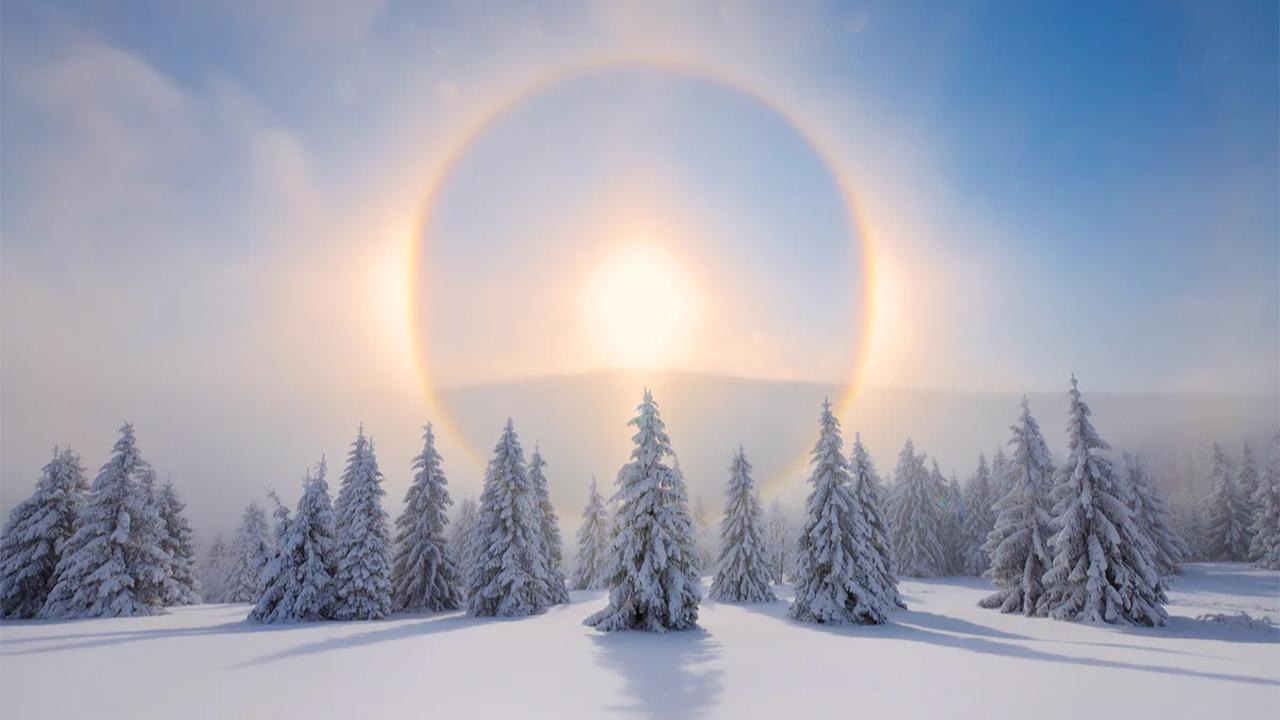
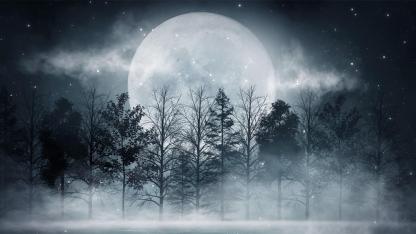
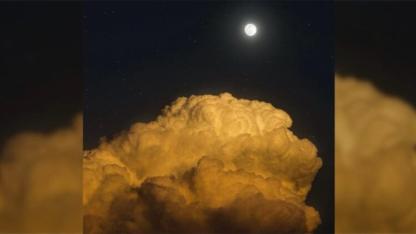


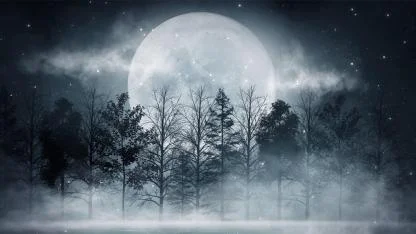
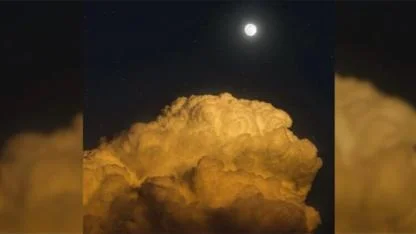


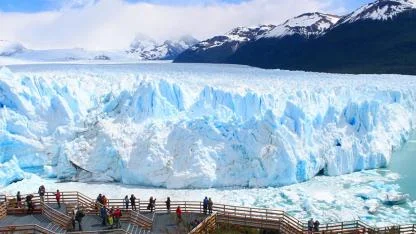
Yorumlar
Kalan Karakter: